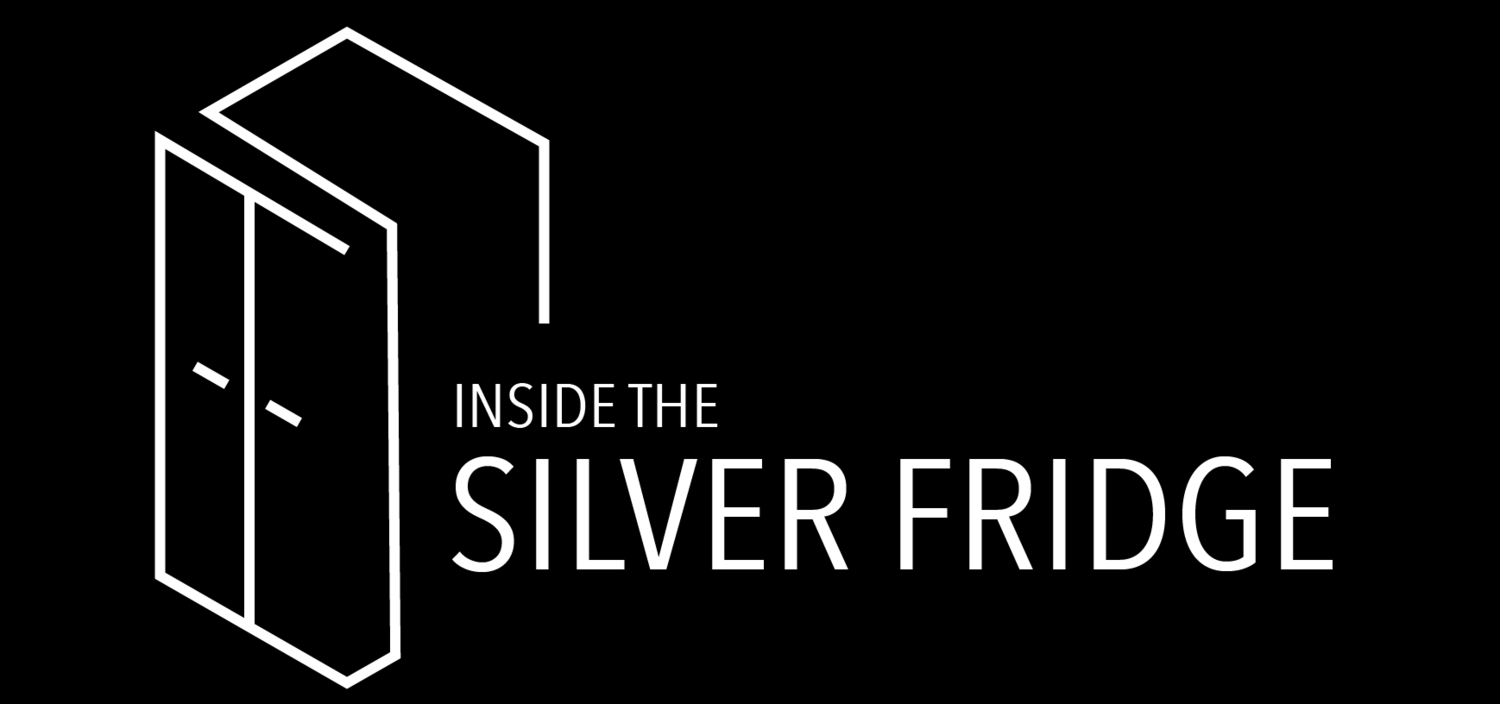Distance Learning: Stroke
Objectives
Review the pathophysiology behind ischemic strokes
Refresh what questions to know about your patients in a code stroke
Review pertinent workup and management of a stroke
Discuss management of stroke, afib, and when DAPT is indicated
Theory
Additional Resources
Neurology for the Non-Neurologist
Cases
Case 1: You are rounding on your patient who was admitted for Afib w/ RVR now on xarelto. In the morning you notice new neurological deficits from the last time you saw the patient. Per nursing and family his last known normal was 3 hours ago on when they checked his vitals. AF, Blood Pressure: 190/105, HR: 76, RR: 18, SpO2: 98%. His exam is below:
The stroke team has called, it is Dr. Broderick of the Cincinnati Stroke Scale…errmm I mean the NIHSS. What is this patient’s NIHSS? What will you say to him over the phone?
Case 2: You are discharging a patient with ESRD who was diagnosed with non-valvular afib this admission, CHADsVASC 6. Should you start this patient on anticoagulation? What is the data for starting this patient on warfarin or apixaban?
Case 3: You are admitting a 74 y/o patient with a history of chronic indwelling foley, prostate cancer s/p resection and colostomy placement, afib on apixaban, who was found down after not being heard from for 4 days. Altered on admission. Exam revealed an elderly patient, shivering, dehydrated, not oriented to self, place, situation or time, and mild right sided facial droop, moving all extremities but otherwise not following commands. UA with > 100 WBC, RBCs, and nitrite positive.
Temperature: 88.1
Blood Pressure: 101/56
Heart Rate: 132
Respiratory Rate: 23
SpO2: 89% on RA
CT Head
No evidence of acute intracranial mass or hemorrhage. Moderate to severe white matter disease most likely representing chronic small vessel ischemia. Focal low-attenuation in the left corona radiata is favored to be chronic. In the absence of comparisons, subtle acute on chronic deep white matter ischemic changes are hard to exclude.
What are you next steps with this patient?
MKSAP 18
Neuro 59
Neuro 7
Neuro 10





